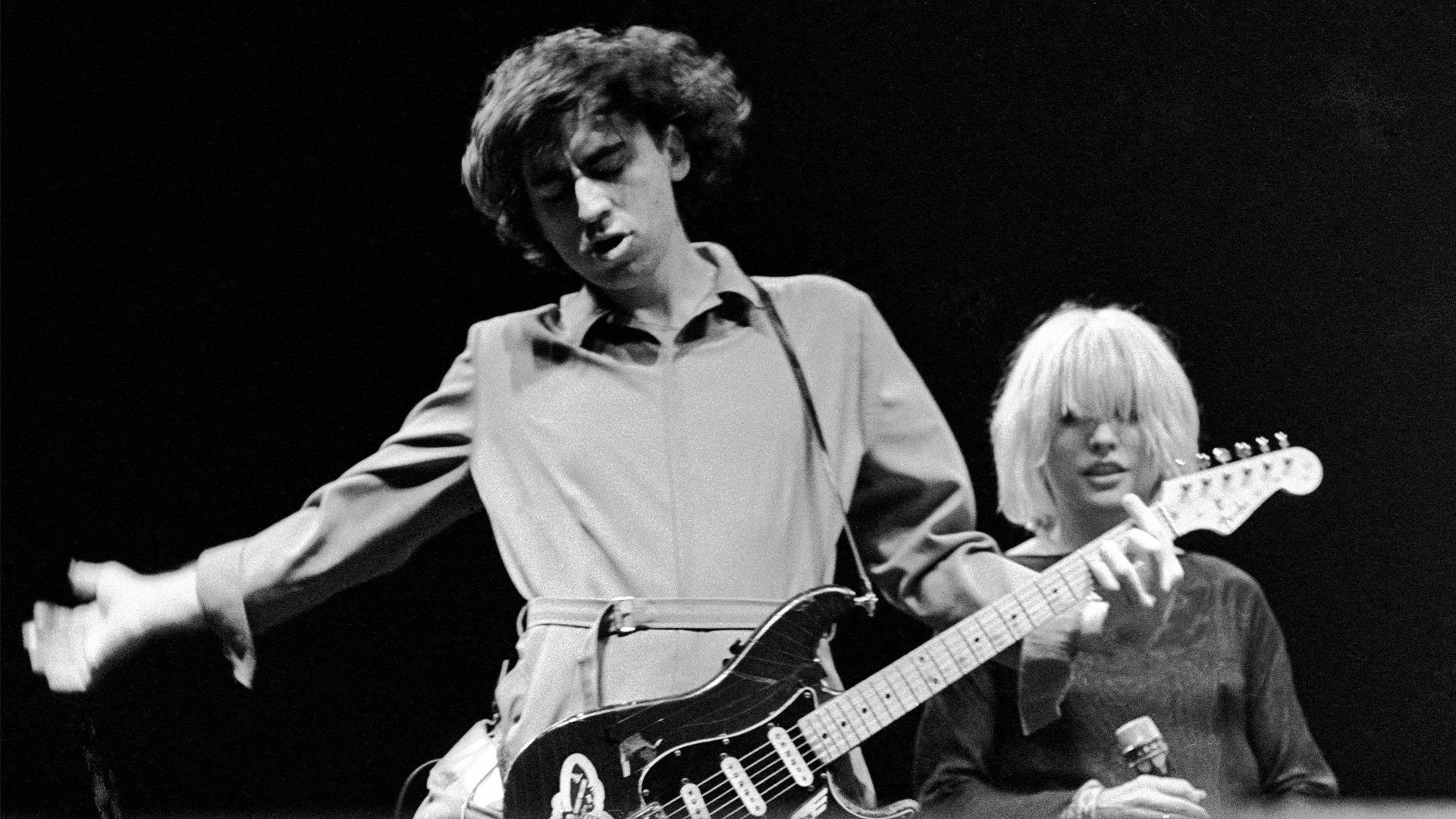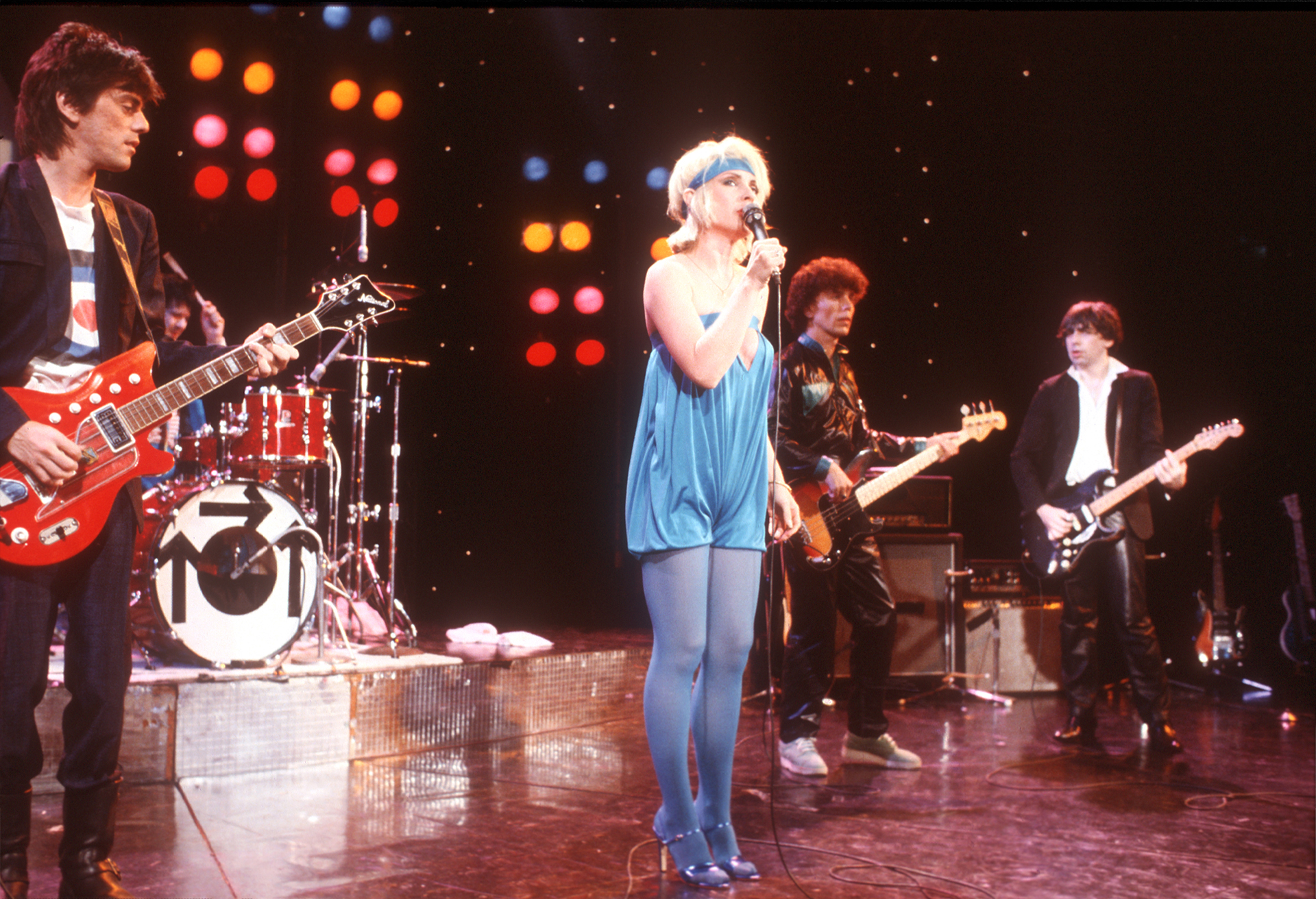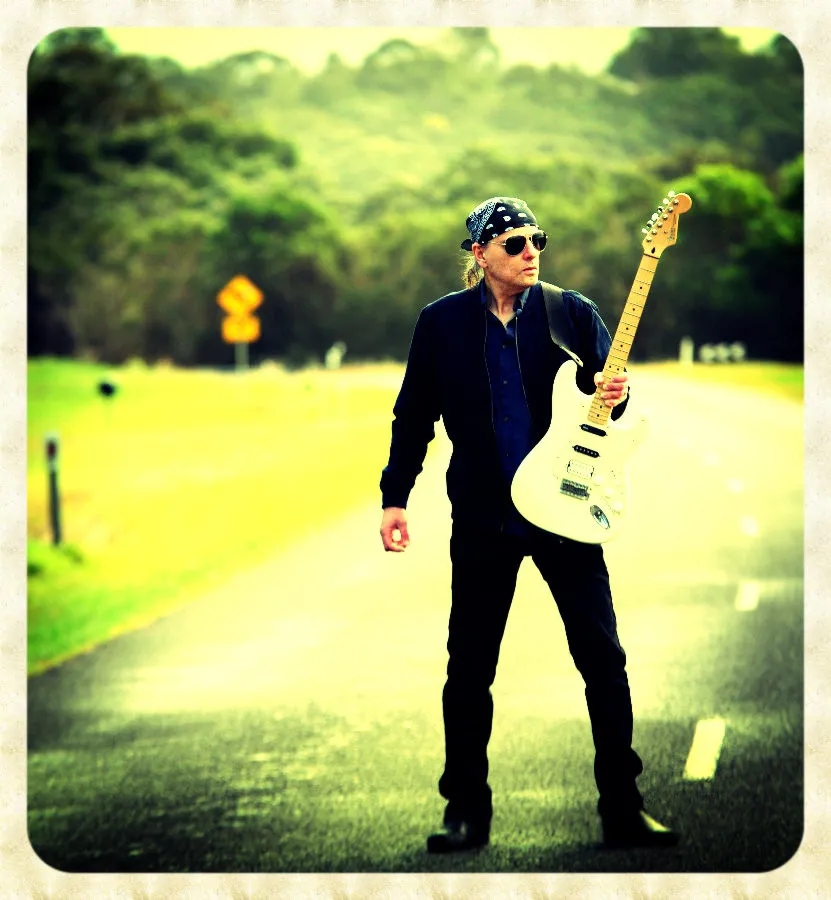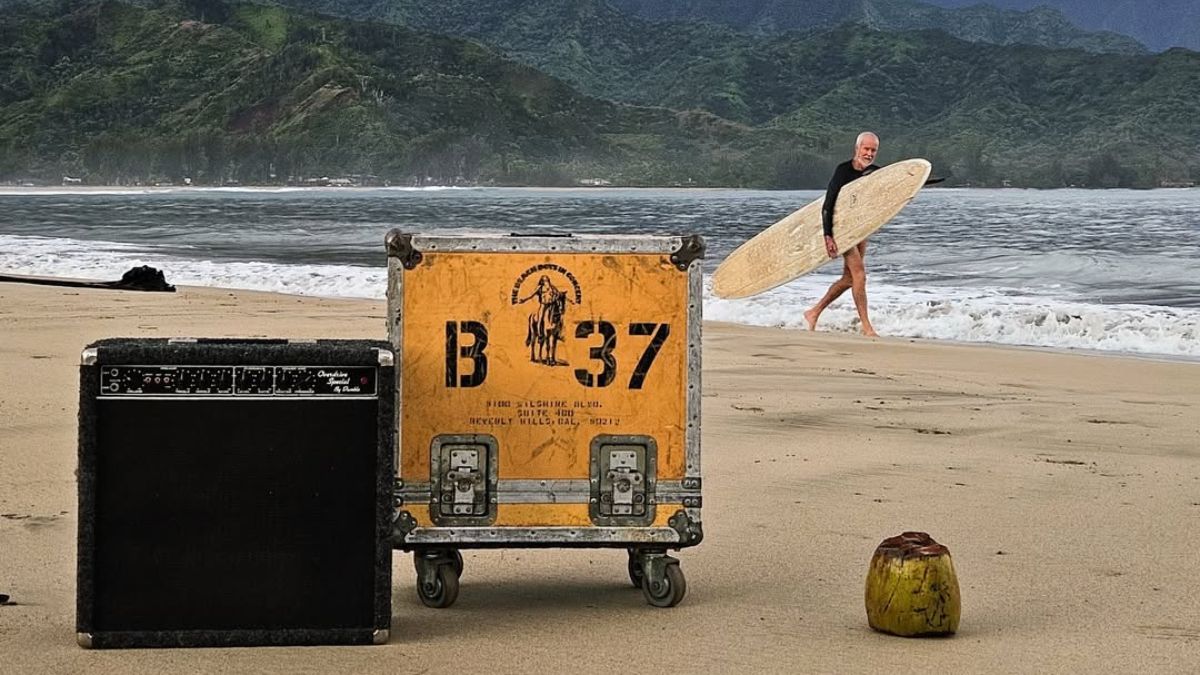“I had this really nice old Strat I used for a lot of stuff. I loved Jimi Hendrix so much and I really liked the tonality of that guitar.” Chris Stein on Blondie’s hit “Dreaming” and its secret ingredient
Notes Stein, “I think I'm the first person to actually have an EBow credited on a record”

Beneath its frenetic drum beat, power-pop guitars and echoes of ’60s girl groups, Blondie’s 1979 single “Dreaming” conceals a less-obvious inspiration: ABBA’s perennial hit “Dancing Queen.”
“I was definitely referencing the chorus of ‘Dancing Queen’ a little bit,” says Chris Stein, Blondie’s founding guitarist and the song’s co-writer. “But just not enough to cause any cries of plagiarism. Musically, it’s based totally around a first-position D chord, and I just riff all around on that, doing a little three-finger thing based simply on that chord shape.”
But there’s one other aspect to Stein's guitar work that you might miss: his use of an EBow. The guitar accessory is right there on the sustained intro melody that mimics the song’s refrain. Stein used the string-vibrating device to add a futuristic touch to the song’s arrangement and bring a rich, synthesized color to proceedings.
“You can hear that especially underneath the chorus section where Debbie sings 'Dreaming/Dreaming is free,’ ” Stein says, referring of course to Blondie's figurehead, vocalist Debbie Harry, who co-wrote the tune.
But astute fans will note that "Dreaming" is not the first time Stein employed the EBow. “I was using it all the time back then,” he says. “In fact, I think I'm the first person to actually have an EBow credited on a record — for Blondie’s second album, 1978’s Plastic Letters.” Indeed, Stein does have a credit for “E-bow guitar” on that album, for the track "Youth Nabbed as Sniper.” “I used to know the guy who made them initially too, Greg Heet, when it was just him starting out. It was always a cool device to use.”
More than 40 years having passed since the group convened to record “Dreaming” for their fourth album, Eat to the Beat, but Stein recalls numerous details of the session, including his simple guitar-and-amp setup.
“I had one of those Fender Super Reverb amps with four 10-inch speakers in it,” he says. “I did use that a lot, and I would frequently use whatever was in the studio, too. And I had this really nice old Fender Strat I used for a lot of stuff tool. I sold it because it was broke, but I wish I hadn't."
All the latest guitar news, interviews, lessons, reviews, deals and more, direct to your inbox!
Though he recalls it being a 1956 model, "somebody once told me it was probably a ‘57 because of the coloration," he says. "I did have later ones and many others too. I liked Strats a lot because I loved Jimi Hendrix so much. And I really liked the tonality of that guitar.”

Stein also remembers the recording process being unlike how the group recorded its preceding album, Parallel Lines, which featured Blondie's breakout hit, "Heart of Glass." "The material on Eat to the Beat, particularly 'Dreaming,' was recorded much faster, and more spontaneously,” he explains. A lyric in the song's middle eight cleverly nods to the Parallel Lines track "Fade Away and Radiate." "Yeah," Stein offers, "we thought that would be fun for the fans."
While it reached number two on the U.K. singles chart, "Dreaming" only peaked at number 27 on the Billboard Hot 100 chart. Yet, over the years, the song has found a new audience and earned favor with bands that followed in Blondie’s wake. The Smashing Pumpkins covered it in 1996, as did Green Day in 2020. Blondie made their own new recording of it in 2014 for their Greatest Hits Deluxe Redux outing.
“Our producer Kato Khandwala worked a lot of that on that rerecording,” Stein explains. “We did a lot of work with him, and though it was very similar to the original version, it's a much tighter recording of the live version we usually play.”
Joe Matera is an Italian-Australian guitarist and music journalist who has spent the past two decades interviewing a who's who of the rock and metal world and written for Guitar World, Total Guitar, Rolling Stone, Goldmine, Sound On Sound, Classic Rock, Metal Hammer and many others. He is also a recording and performing musician and solo artist who has toured Europe on a regular basis and released several well-received albums including instrumental guitar rock outings through various European labels. Roxy Music's Phil Manzanera has called him "a great guitarist who knows what an electric guitar should sound like and plays a fluid pleasing style of rock." He's the author of two books, Backstage Pass; The Grit and the Glamour and Louder Than Words: Beyond the Backstage Pass.


